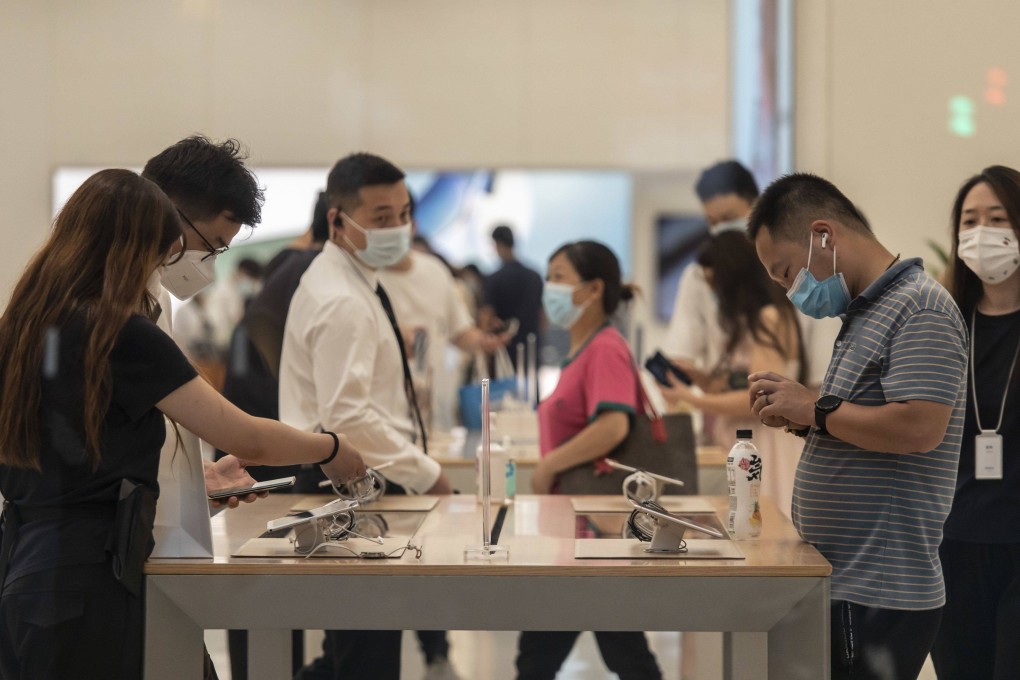China trade, spending rebound dulled by zero-Covid uncertainty
- Outlooks for Western economies are declining, lowering forecasts for Chinese exports
- Consumers in China also becoming more risk averse, analysts say

China’s trade and domestic consumption are unlikely to make a robust comeback in the second half as uncertainties including Beijing’s zero-Covid policy persist for the world’s second-biggest economy, experts say.
Pinpoint Asset Management president and chief economist Zhang Zhiwei said falling international demand will significantly slow China’s exports as expectations for Western economies worsen.
“In the past month, investment banks around the world have downgraded their forecasts for economic growth in the United States and Europe, which will likely slow China’s exports,” Zhang said.
Analysts also argued that the uncertainties of Covid-19 measures will continue to loom over domestic consumption, which is still significantly weaker than pre-pandemic levels, despite some recovery.
“Consumption and the whole service sector are still constrained by Covid-19 [control] measures, and people’s incomes are affected as well,” Zhang said.